WASTE MANAGEMENT STRATEGY 2021-2031
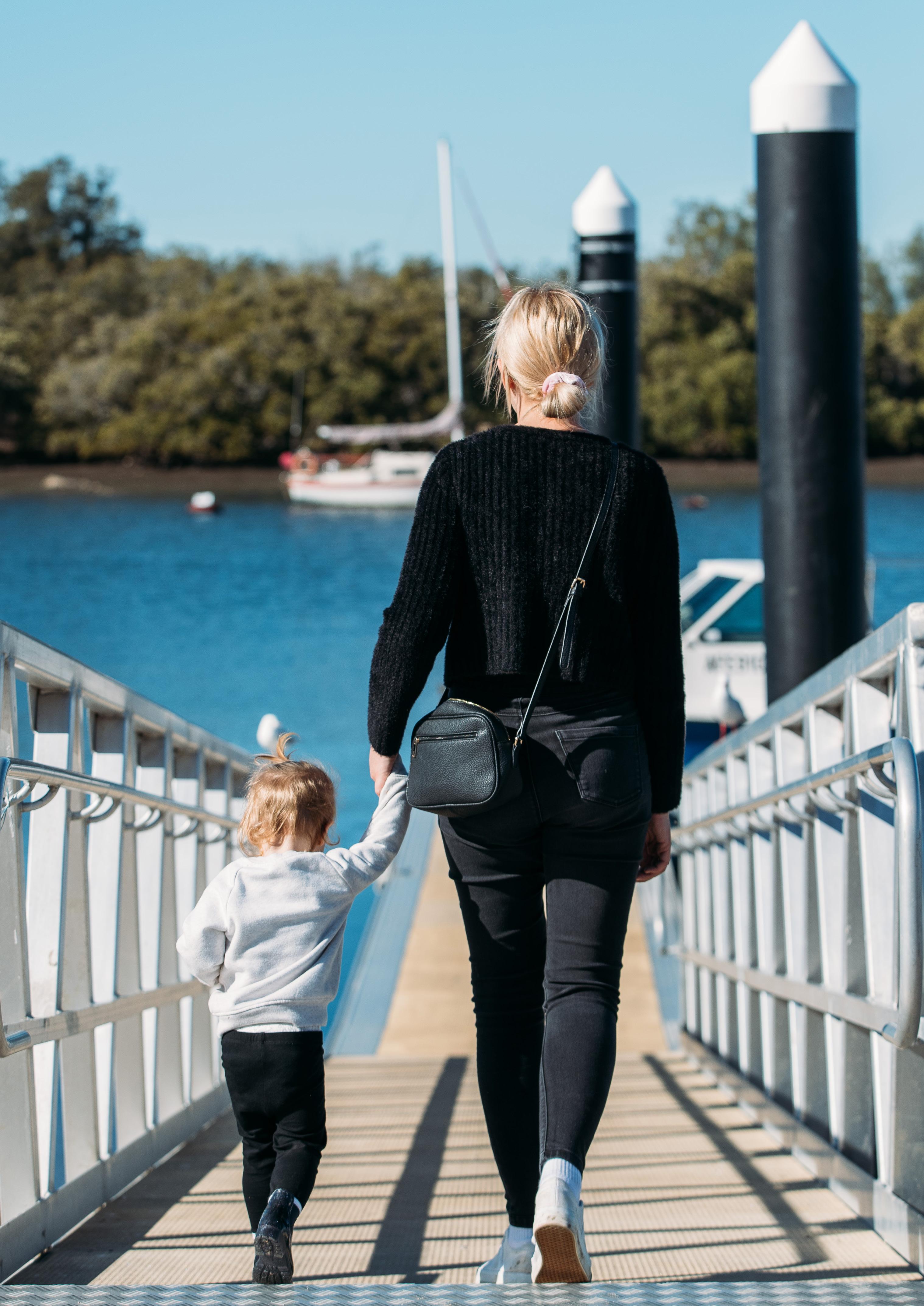
TABLE OF CONTENTS PORT STEPHENS COUNCIL 116 Adelaide Street (old Pacific Highway) Raymond Terrace NSW 2324 Phone: 02 4988 0255 https://www.portstephens.nsw.gov.au/ 3 Port Stephens Council Waste Management Strategy 2 Port Stephens Council Waste Management Strategy INTRODUCTION Key Outcomes 04 KEY DRIVERS Circular Economy Waste Hierarchy 06 CURRENT WASTE MANAGEMENT SERVICES Collection Services Waste Management Facilities Waste Education Other Waste Services 07 WASTE DATA & PERFORMANCE S Current Generation Waste Streams & Composition 10 COMMUNITY ENGAGEMENT Telephone Survey Facebook Live Sessions Face-to-Face Engagement Online Survey 14 RESOURCE RECOVERY OPTIONS 16 PREFERRED WASTE MANAGEMENT SYSTEM 18 PERFORMANCE IMPROVEMENT 19 IMPLEMENTATION PLAN 20
Key Outcomes
Council is dedicated to progressing its waste management and resource recovery services and striving for better practice. The key objectives of the Strategy are to:
Address how Council can meet current targets set by the NSW EPA in the 2021-2041 Waste and Sustainable Materials Strategy by:
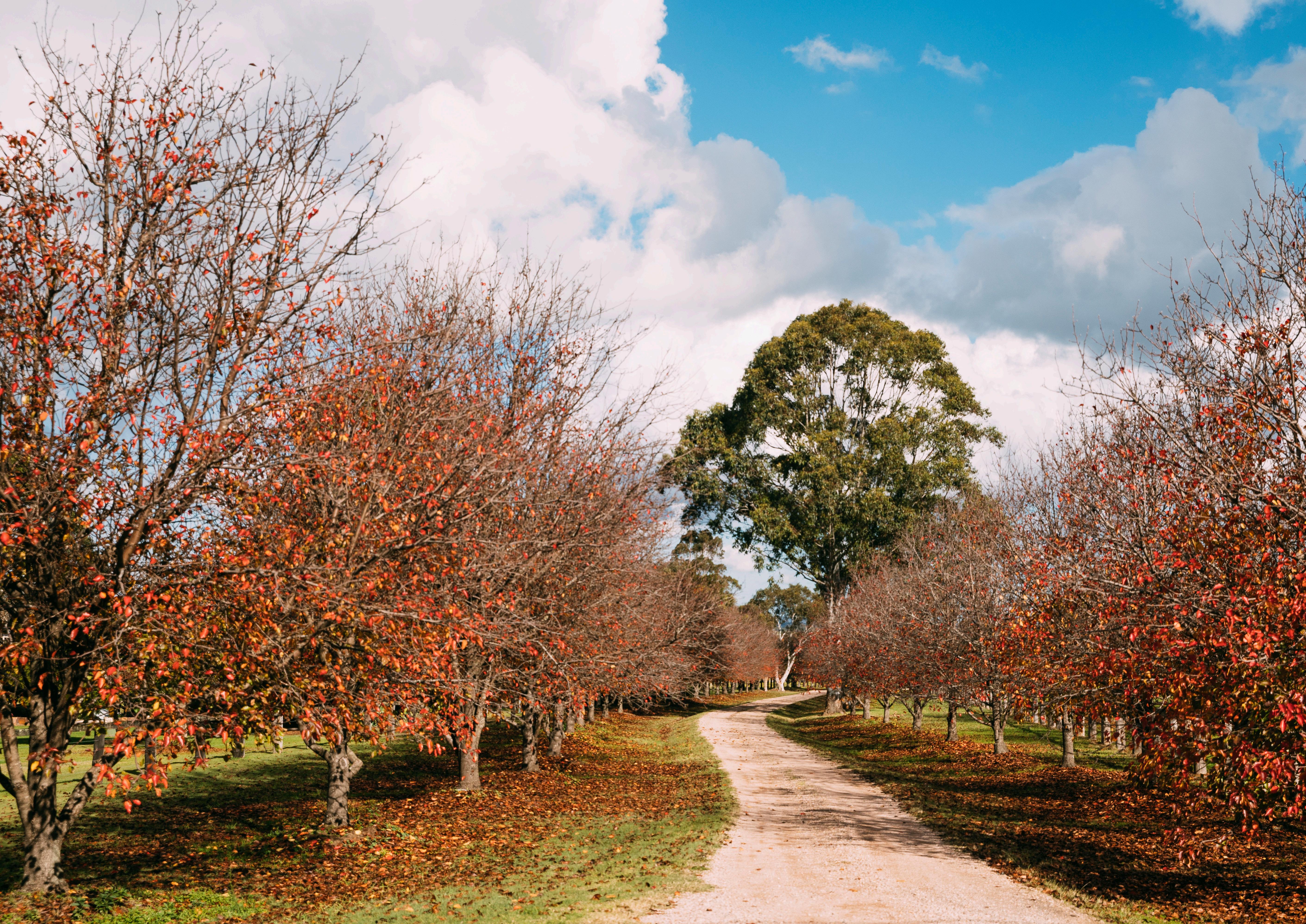
• Investigating systems for the processing of our waste
• Introduction of a third bin.
Identify opportunities for Council to utilise waste assets and resources in the most efficient manner to maximise recovery and provide waste services more efficiently through:
• Regional cooperation and coordination
• Service delivery.
Reduce the community’s environmental footprint through:
• Waste avoidance, reduction and resource recovery
• Expansion of litter prevention and management initiatives
• Community education.
Identify opportunities to reduce waste to landfill through:
• Use of alternate processing options/locations. 4
• Recycling of additional material through the procuring of waste technology
INTRODUCTION
Like many communities across Australia, Port Stephens Council (Council) is facing challenges with the management of solid wastes. Changes in policy nationally and internationally are affecting many of these challenges in addition to greater community expectation for Council to manage waste in a more sustainable way.
Council recognises the importance of sustainable waste management services for its communities. Therefore, this Waste Management Strategy will guide the management of waste and resources and the delivery of services to the community over the next ten years and beyond.
1 2 3
5 Port Stephens Council Waste Management Strategy
The NSW Waste Avoidance and Resource Recovery (WARR) Strategy aims to avoid and reduce waste generation, increase recycling, alter public behaviour through education and increase investment, innovation and improvement of environmental practices and divert more waste from landfill. In doing so, the NSW WARR Strategy includes specific waste diversion from landfill targets to achieve its objectives, as outlined below
CURRENT WASTE MANAGEMENT SERVICES
Collection Services
73% of properties comprising single dwellings. There are approximately 34,721 properties within the LGA.

22% multi-unit dwellings (MUDS).
Kerbside Collection
As required by section 496 of the Local Government Act 1993, a domestic waste service charge is applied to all developed residential properties, whether occupied or unoccupied, including land categorised as ‘residential’ and ‘farmland’.
Circular Economy
The circular economy is an alternative to the traditional, linear economy (take, make, use, dispose) which refers to taking resources, making goods that are then bought and used to then be disposed of as waste. Given there is a finite supply of natural resources which are getting increasingly harder and costlier to extract, these traditional processes result in unnecessary waste. A circular economy aims to ‘close the loop’ by recovering and reusing items that would otherwise have been disposed of and returning them to the economy – considering them as a valuable resource rather than waste.
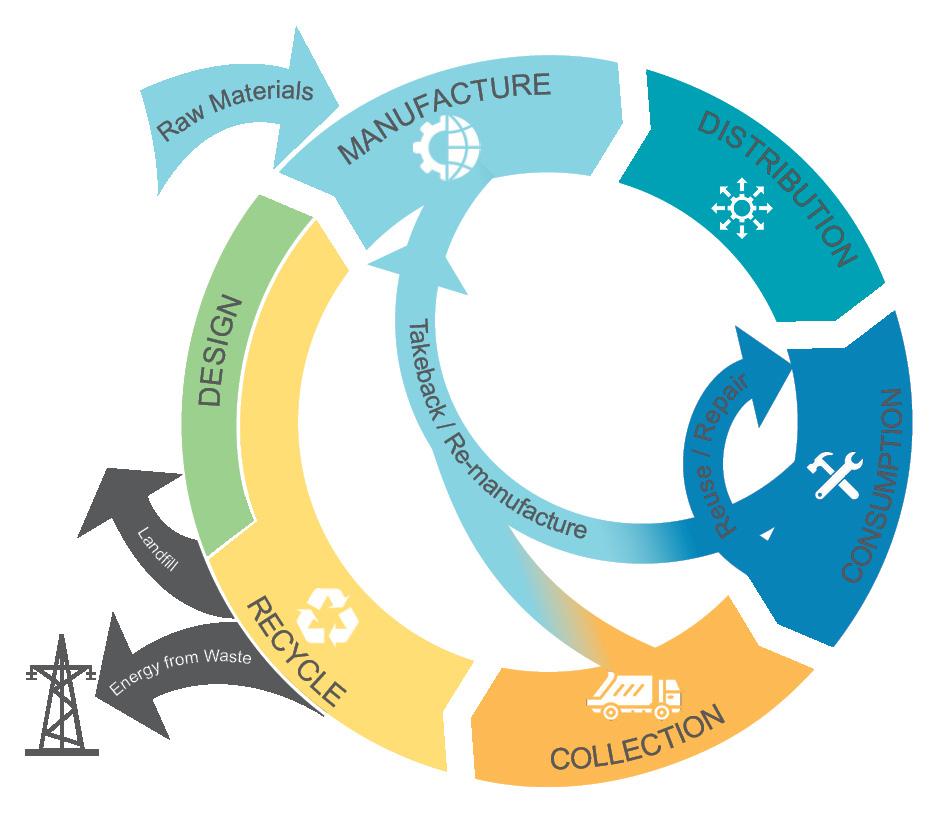
Waste Management Hierarchy
The Waste Management Hierarchy has been adopted within this report as the basis for classifying and assessing the various resource recovery options which are being considered to assist Council to improve its waste management system. Options which achieve outcomes higher up the Waste Management Hierarchy are preferred over those located further down the Hierarchy. Notwithstanding this, options from each level of the Waste Management Hierarchy have been identified and assessed.
In 2020/21 services are provided to 33,030 domestic residences and 2,338 non-domestic services, including commercial services.
On-Call Kerbside Collection of Bulky Items
Council offers each rate paying household access to two on-call kerbside collection of bulky waste/or garden organic items each financial year. Acceptable materials include:
• Furniture - chairs, cupboards, tables and similar (furniture containing glass is not accepted)
• Mattresses and mattress bases
• Electronic waste (e-waste)
• Appliances - fridges, washing machines and similar
• Scrap metal - fencing, hot water systems, BBQs
• Garden organics.
Materials are collected in a rear compactor collection vehicle and transported to the Salamander Bay Waste Transfer Station. Council sorts the material and recovers scrap metal and mattresses for recycling.
Public Place Waste Collection
Council provides and services approximately 598 public place waste and recycling bins which are located in CBD areas, streets, parks, reserves and sporting facilities.
REDUCE REUSE RECYCLE RECOVER TREAT DISPOSE
PREFERRED LEAST
AVOID
MOST
PREFERRED
240L
240L GENERAL WASTE
Waste Stream Standard Bin Size Options Collection Frequency General Waste 240L Nil Weekly Recycling 240L 360L Fortnightly Kerbside Collection Service Summary 2 240L RECYCLING
7 Port Stephens Council Waste Management Strategy 6 Port Stephens Council Waste Management Strategy
KEY DRIVERS
Waste Type 2022 Diversion Target Municipal Solid Waste (MSW) 70% Commercial and Industrial (C&I) 70% Construction and Demolition (C&D) 80% Overall Diversion from Landfill 75% NSW WARR Strategy Diversion Targets 1
Waste Management Facilities
Council owns and operates the Salamander Bay Waste Transfer Station, which includes a Community Recycling Centre. The following waste types are accepted at the facility.
Free Waste Type Paid Waste Type
Waste Education
Council facilitates several waste education programs to support the current waste collection service and other waste initiatives within the community including:
Preparation and distribution of kerbside collection service calendar and information brochure.
Waste and recycling presentations, including truck visits, for pre-school and primary school children.
Online and in-person workshops on decluttering, waste minimisation, upcycling and beeswax wraps.
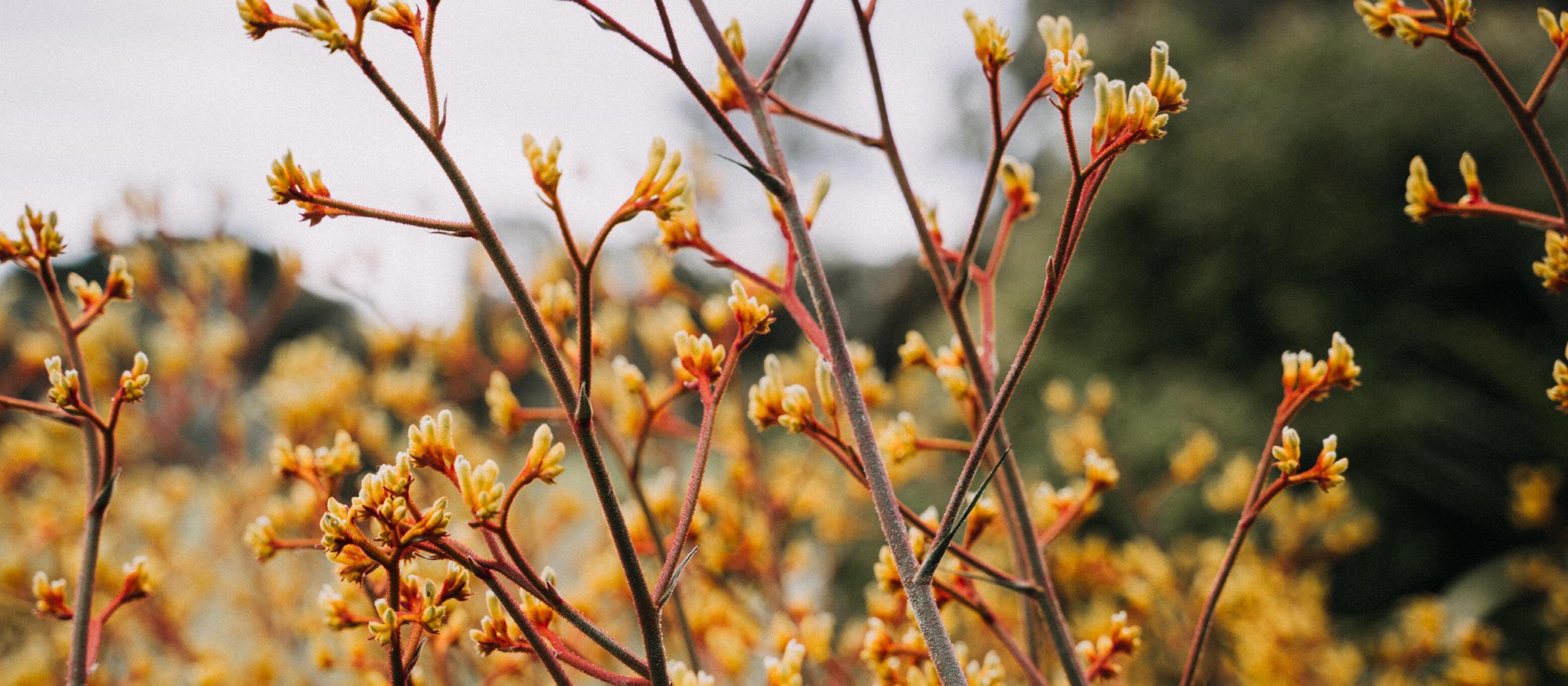
The Small Acts Big Change program is a long-running initiative between councils in the Hunter and Central Coast to divert waste from landfill. The program website and Facebook page engages community groups, businesses and individuals via ideas and
Other Waste Services
Drop-off Days
Website and social media posts, including video campaigns and direct messaging.
Visual audits of the recycling bin as a means for reminding residents what can and cannot be recycled.
Internal programs providing information on recycling within Council facilities and reducing waste.
informative reviews to understand that the small things people do can re-imagine the way we buy, use, and dispose of “stuff” for a better planet and better community.
In addition to providing permanent drop off locations at the Salamander Bay Waste Transfer Station, Council offers residents free drop off days for green waste, chemicals, mattresses, tyres, and e-waste at various locations across the LGA.
Annual Chemical Cleanout
Household chemicals and hazardous wastes can be dropped off by residents at the EPA funded annual chemical cleanout on specified dates which are advertised on Council’s website. These items can also be disposed of free of charge at Salamander Bay Waste Transfer Station during opening hours.
9 Port Stephens Council Waste Management Strategy 8 Port Stephens Council Waste Management Strategy
Household recycling Cardboard & paper Metals Electronic Waste Paint Gas Bottles Fire extinguishers Motor & other oils Car batteries Household batteries Smoke detectors Fluro globes & tubes General waste Green waste Tyres Mattresses Construction & demolition waste Old furniture items
WASTE DATA AND PERFORMANCE


Waste data is collected based on three distinct waste streams. These distinct, and regulated waste streams include:
Municipal Solid Waste (MSW) MSW is solid waste from households and local government operations, including waste placed at the kerbside for collection and waste collected by councils from municipal parks and gardens, street sweepings, council engineering works and public council bins.

Current Generation
Commercial and Industrial (C&I) Waste C&I waste is solid waste generated by business, industries (including shopping centres, restaurants, and offices) and institutions (such as schools, hospitals and government offices).
Construction & Demolition (C&D) Waste C&D waste is solid waste generated from construction and demolition works, including building and demolition waste, asphalt waste and excavated natural material.
Waste Streams and Composition
Municipal Solid Waste
In 2019/20 a total of 37,412 tonnes of MSW was generated across the LGA. Of this, 16,377 tonnes were recovered, and the remaining 21,035 tonnes was landfilled resulting in an overall diversion rate of 44%.
Solid Waste Tonnes 2019/20
Kerbside Waste
In 2019/20 a total of 31,473 tonnes of material was collected at the kerbside as part of Council’s kerbside collection service. The current kerbside collection system results in a kerbside diversion rate of 41%, which is well short of the NSW EPA target of 70% for MSW. It should be noted that Council's performance against the municipal solid

waste diversion target has been significantly impacted by the NSW EPA's ban on the application of mixed waste organic output (MWOO) to land. If the ban on MWOO was not implemented, Council's kerbside diversion rate would be 60%.
The slow decline in recycling tonnages collected at the kerbside may be a result of the Container Deposit Scheme, which has collected 5,676 tonnes since its introduction in December 2017.
TOTAL WASTE RECEIVED 43,960 t (2019/20) Total Recovered 18,454 t Total to Landfill 25,506 t Municipal 16,377 t C&I 1,436 t
Kerbside Tonnages & Diversion Rates 2014 - 2020 2014 - 2015 2015 - 2016 2016 - 2017 2017 - 2018 2018 - 2019 2019 - 2020 DIVERSION RATE 49% 51% 59% 60% 47% 41% 0 5000 10000 15000 20000 25000 30000 LEGEND Tonnes Collected Tonnes Landfill Tonnes Recovered Red Lid Bin Yellow Lid Recycling Bin
Annual
Tonnes Collected Tonnes Recovered Tonnes Landfill Diversion Rate Red-lidded waste bin 25,859 7,908 17,951 41% Yellow-lidded recycling bin 5,614 5,069 545 TOTAL 31,473 12,977 18,496 2019/20 Kerbside Tonnages & Diversion Rate 4
11 Port Stephens Council Waste Management Strategy 10 Port Stephens Council Waste Management Strategy C&D 641 t Municipal 21,035 t C&I 4,471 t C&D - t Municipal 37,412 t C&I 5,907 t C&D 641 t Tonnes Tonnes Collected Tonnes Landfilled Tonnes Recovered Diversion Rate Red-lidded waste bin 25,859 17,951 7,908 44% Yellow-lidded recycling bin 5,614 545 5,069 On-call kerbside bulky waste 1,634 1,157 477 Self-hauled 3,392 1,382 2,010 Drop-off days 913 0 913 TOTAL 37,412 21,035 16,377
Municipal
Summary of
3
Kerbside Composition
Composition of Red-lidded Waste
Council has undertaken kerbside waste compositional audits of the yellow-lidded recycling and red-lidded waste bins in 2011, 2013, 2016, 2018 and 2020 with the objective of identifying the performance of the bin system, measuring trends, and planning reductions in waste to landfill.
The above graphs detail the composition of the yellow-lidded recycling bin and the red-lidded waste bin from the 2020 audit.
C&I Waste
In 2019/20 a 5,907 tonnes of C&I waste was received at the Salamander Bay Transfer Station. Of this, 1,436 tonnes (24%) were recovered for recycling or reprocessing. The remaining 4,471 tonnes (76%) was landfilled, resulting in a diversion rate of 24% for this waste stream.

C&D Waste
In 2019/20 a 641 tonnes of C&D waste was received at the Salamander Bay Transfer Station. The composition of this material consisted of two material types, bricks or concrete (44%) and ferrous (56%). All tonnes received were recovered for recycling or reprocessing, resulting in a diversion rate of 100% for this waste stream.
Performance Against State Diversion Targets
Council’s performance against the Waste Diversion Targets set by the NSW EPA in the WARR Strategy for 2019/20 are detailed below. As previously mentioned, if the ban on MWOO was not implemented, Council's overall diversion rate would be 60%.
WARR Waste Diversion Targets 5
44% 70% C&I 24% 70% C&D 100% 80%

Overall Diversion from Landfill 56% 75%
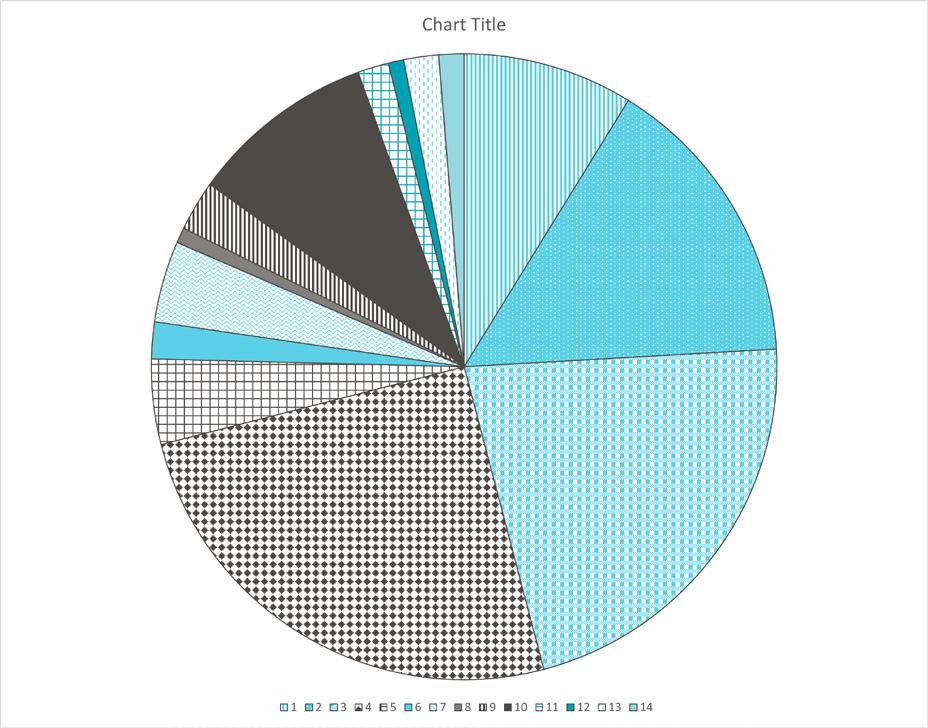
12 Port Stephens Council Waste Management Strategy
MSW
Waste Type 2019/20 Council Diversion Rate 2022 Diversion Target
Textile/rags 4.2%
13 Port Stephens Council Waste Management Strategy
COMMUNITY ENGAGEMENT
Community engagement has been identified by Council as a core aspect of the development of the Waste Management Strategy in order to allow community input and to ensure services delivered by Council match the community's expectations. It is seen as particularly important to ensure that the input from the key waste generators (the community) is obtained and utilised to help form future actions and recommendations moving forward.
Telephone Survey
92% of residents believe the current collection frequency of the red-lidded bin is appropriate.
40% of residents indicated that their red-lidded bin was full or overflowing when presented for collection.
30% indicated their bin was 75% full when presented for collection.
400 completed response from a random sample of residents in the Port Stephens LGA.
77% of residents believe the current collection frequency of the yellow-lidded bin is appropriate.
51% of residents indicated that their yellow-lidded bin was full or overflowing when presented for collection.
Face-to-face Engagement
To discuss and obtain feedback on the proposed resident focused themes and initiatives.
Council undertook face-to-face engagement with members of the community. The purpose of these sessions was to provide attendees with the outcomes of the telephone survey and to discuss and obtain feedback on the proposed resident focused themes and initiatives detailed below.
Themes Initiative
Kerbside Collection Services
• Introduction of alternative sizes of waste and recycling bins (140L)
• Greater promotion of the availability of a 360L recycling bin
• Introduction of a third kerbside bin for the collection of garden organics (GO) or Food Organics Garden Organics (FOGO)
• Consider transitioning to a user-pay on call kerbside bulky waste collection service
Drop-off Days
Littering
Single-use Plastics
• Reassess the number of drop-off days for garden organics and problem wastes
• Implement Council supported anti-littering campaign
• Review locations and collection frequencies of public place bins
• Implement a local ban on single-use plastics
• Implement supporting education campaign for businesses, residents and visitors
The following seven ideas were presented to respondents, who were asked to indicate whether they were supportive of the idea.
Sustainable Events Policy
Expansion of materials collected at the Salamander Bay Waste Transfer Station
Education Programs
• Introduce a Sustainable Events Policy that requires the use of recyclable or compostable packaging and source separation of waste collected at events
• Soft plastics
• Polystyrene
• Textiles
• Introduce and promote reuse, upcycling and repair workshops utilising the existing Tip Shop or local Men’s Shed (or similar)
• Greater promotion of material accepted at the Salamander Bay Waste Transfer Station
• Promotion of anti-littering program
• Promotion of single-use plastics ban
• Promotion of Sustainable Events Policy
Facebook Live Sessions
Council facilitated a Facebook Live session to provide answers to those “burning” questions being asked by the community. During the live stream, the session reached 51 residents.
23,000 residents reached, sessions viewed for a total of 2,261 minutes.
The post reached 23,000 people and the recorded version of the session was viewed for a total of 2,261 minutes. Overall, the sentiment was positive from the community.
Online Survey
IRIS Research undertook an online community survey to determine levels of community support of the resident focused themes and initiatives.
To determine levels of community support of the resident focused themes and initiatives.
A total of 225 completed surveys were collected over this period.
15 Port Stephens Council Waste Management Strategy 14 Port Stephens Council Waste Management Strategy
Minimising the environmental, social and economic impacts of littering 97% 2% 1% Encouraging waste avoidance and reuse behaviours to help generate less waste 92% 4% 4% Expansion of waste and recycling education programs to the community 91% 4% 5% Increasing recycling by recovering food and garden organics 90% 4% 6% Increasing the range of recycling for the community and businesses 88% 6% 6% Developing markets for the reuse, repair and re-selling of waste 87% 5% 8% Prohibiting the use of single-use plastic bags 78% 16% 6%
Proposed Resident Focused Themes and Initiatives 6
PROPOSED RESOURCE RECOVERY OPTIONS
Based on the outcomes of the community engagement and review of Council's current services and waste management systems, the following resource recovery options were proposed for detailed analysis.
Avoid, Reduce, Reuse
• Integrated community education and behavioural change program
• Council Waste Minimisation Plan
• Litter prevention and management
• Business waste reduction.
Recover & Treat
Investigate the feasibility of implementing a third kerbside bin for the source separation and collection of garden organics (GO) or Food Organics Garden Organics (FOGO), including processing technology options.
Public Place Smart Waste Technology
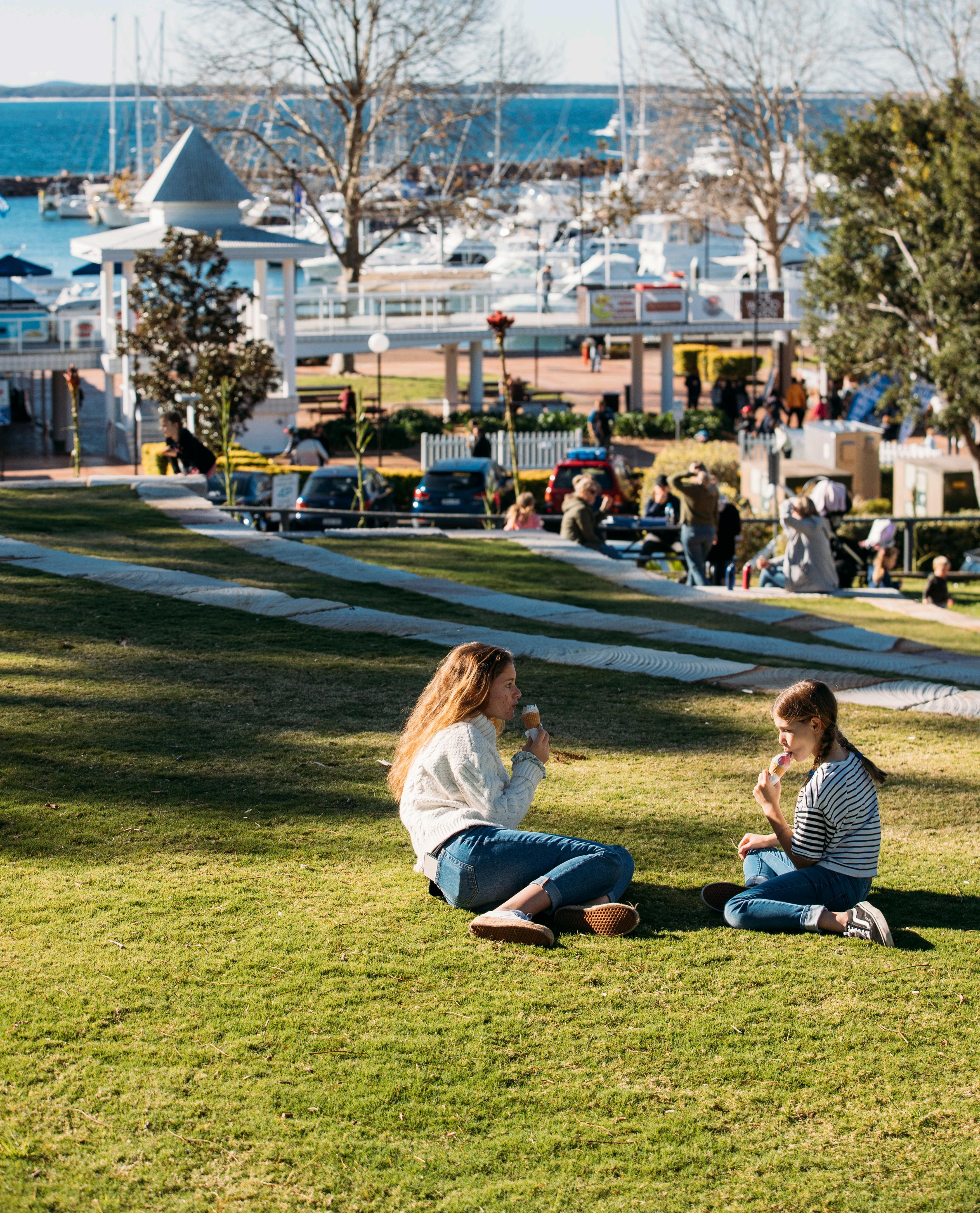
• Smart sensors in new/existing public place bins
• Smart compactor bins
• Smart tree hubs
• Smart waste/recycling hubs trial
• Smart Cities Pilot and Action Plan.
Regional Collaboration Opportunity
Continue to work collaboratively with neighbouring councils and other stakeholders on regional and circular economy opportunities.
Recycle
Undertake a visual audit of material accepted at the Salamander Bay Waste Transfer Station to identify additional material for recovery.
Undertake a textiles collection and recycling trial.
Kerbside Collection Options
• Introduction of third kerbside bin
• Introduction of alternative bin sizes
• Promotion of 360L recycling bin
• Soft plastics recycling trial
• Kerbside bulky items collection assessment
• Commercial waste collections.
Free Drop-off Days Assessment
Undertake an assessment of the number of free-drop off days offered and consider alternative solutions.
Planning & Management
• Waste management planning controls
• Sustainable Events Policy
• Waste management services financial model review
• Waste data management
• Landfill Aftercare Management and Rehabilitation Works Plan
• Master Plan Salamander Bay Waste Transfer Station
17 Port Stephens Council Waste Management Strategy 16 Port Stephens Council Waste Management Strategy
PREFERRED WASTE MANAGEMENT SYSTEM
Following detailed analysis of the proposed Resource Recovery Options the Preferred Waste Management System is shown below.
7
Preferred Waste Management System
Grouping Options
• Litter prevention and management

• Integrated community education
Avoid, Reduce, Reuse
• Council Waste Minimisation Plan
• Business waste reduction
Recycle
• Expansion of materials recovered
PERFORMANCE IMPROVEMENT
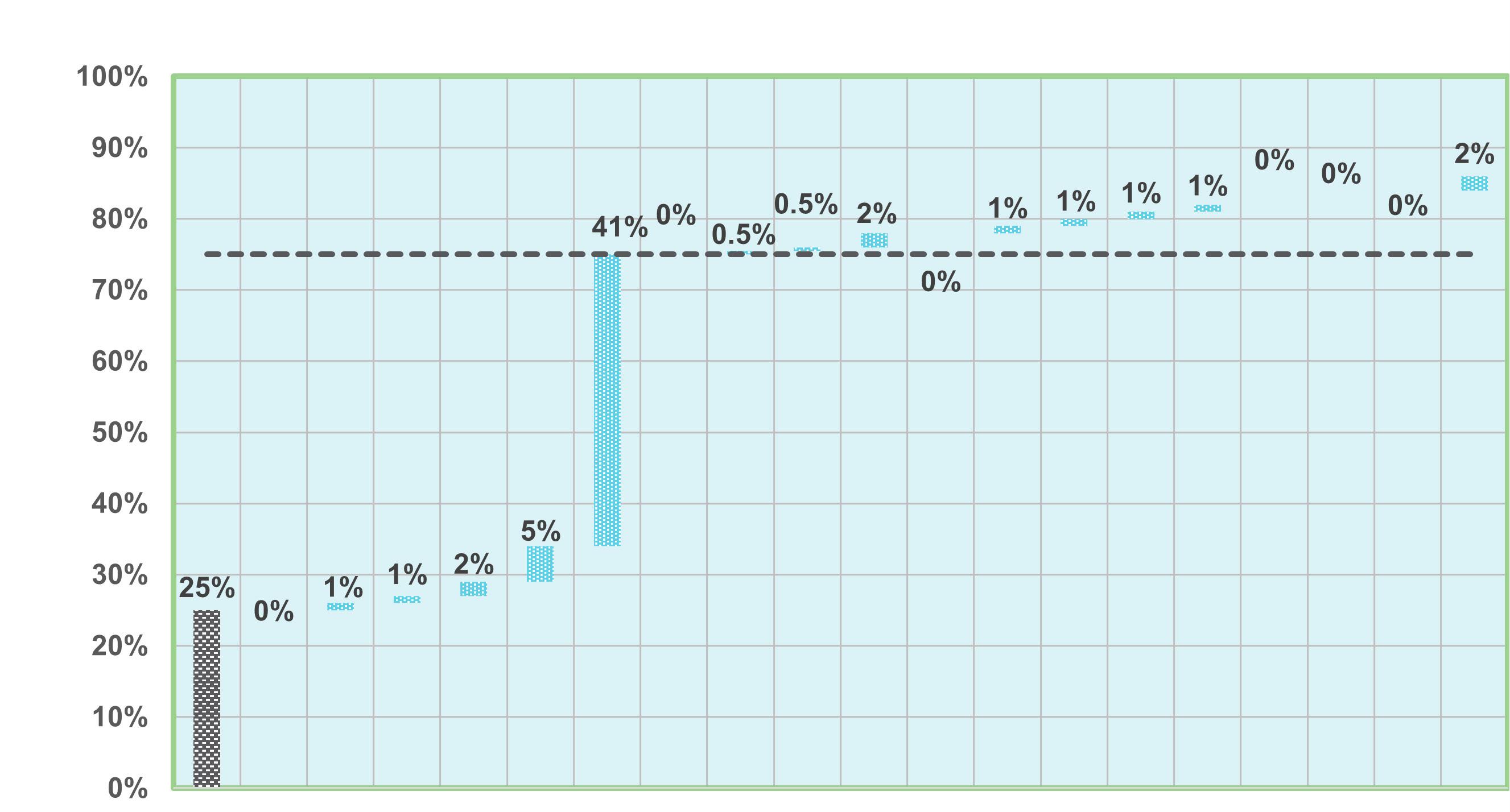
The waterfall diagram below illustrates Council’s current waste diversion rate and how it would be impacted by the Preferred Waste Management System. The implementation of the Preferred Waste Management System has the potential to increase Councils current diversion rate from 25% to 84% which exceeds the state target.
Recover & Treat
• Source separated organics collection
• Organic waste processing
• Introduction of third kerbside bin
Kerbside Collection
Options
• Introduction of alternative bin sizes
• Promotion of 360L recycling bin
• Commercial waste collections
Drop-off Days
• Free drop-off day assessment
• Smart sensors in new/existing public place bins
• Smart compactor bins
Smart Waste Technology
• Smart tree hubs
• Smart waste/recycling hub trial
• Smart Cities Pilot and Action Plan
• Waste management planning controls
• Sustainable Events Policy
• Waste management services financial model review
Planning & Management
• Waste data management
• Landfill Aftercare Management and Rehabilitation Works Plan
• Master Plan Salamander Bay Waste Transfer Station
Regional Collaboration Opportunities
• Investigate regional opportunities
Waste Diversion Indicative Waste Diversion State Waste Target Baseline (current waste diversion) Litter prevention & management Integrated community education Council Waste Minimisation Plan Business waste reduction Expansion of materials recovered Introduction of third kerbside bin Organic waste processing Introduction of alternative bin sizes Promotion of 360L recycling bin Commercial waste collections Free drop-off day assessment Waste management planning controls Sustainable Events Policy Waste management services financial model review Waste data management Landfill Aftercare Management & Rehabilitation Works Plan Public place smart waste infrastructure Master Plan Salamander Bay WTS Regional collaboration
19 Port Stephens Council Waste Management Strategy 18 Port Stephens Council Waste Management Strategy
IMPLEMENTATION PLAN
Implementation Plan 8
Grouping Option Action
Planning & Management Waste management planning controls
Prepare and include a waste management chapter in Council’s Development Control Plan (DCP) which will inform on the waste management requirements of the various types of development both during construction and ongoing management.
Sustainable Events Policy Develop a Sustainable Events Policy, in consultation with relevant stakeholders, that requires the use of recyclable or compostable packaging and source separation of waste collected at events.
Support the implementation of the Policy with an education campaign for both stallholders and event attendees.
Timeframe
Medium
Waste management services financial model review
Undertake a review of Council’s waste management financial model to ensure currency, auditability and incorporation of all operational and capital costs associated with Council’s waste management services.
Short
Medium
Waste data management Undertake a review of Council’s current weighbridge recording system to ensure waste types are allocated against the correct stream and source (municipal, commercial & industrial and construction & demolition).
Prepare Landfill Aftercare Management and Rehabilitation Work Plans for the decommissioned waste facilities located at New Line Road, Salamander Bay and Lemon Tree
Passage that consider “best practice” monitoring and rehabilitation and future uses for the sites.
Short
Short Landfill Aftercare Management and Rehabilitation Works Plan

Master Plan Salamander Bay Waste Transfer Station
Prepare a Master Plan for the Salamander Bay Waste Transfer Station.
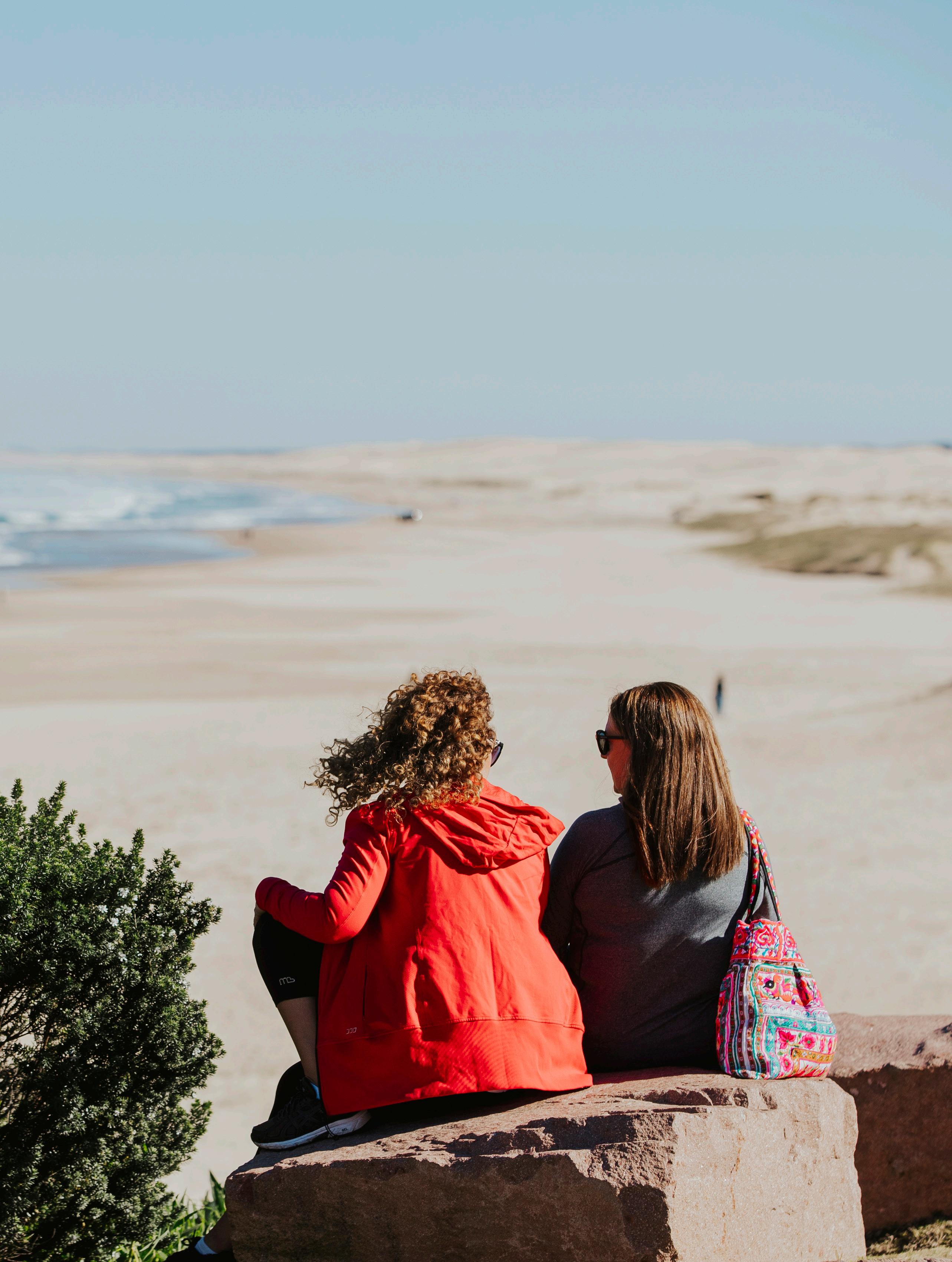
Regional Opportunities Investigate regional opportunities Continue to work collaboratively with neighbouring councils and other stakeholders on regional and circular economy opportunities.
Medium
Long
23 Port Stephens Council Management Strategy 22 Port Stephens Council Waste Management Strategy
PORT STEPHENS COUNCIL 116 Adelaide Street (old Pacific Highway) Raymond Terrace NSW 2324 Phone: 02 4988 0255 https://www.portstephens.nsw.gov.au/














